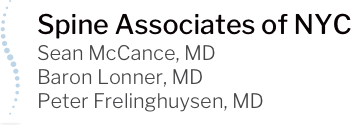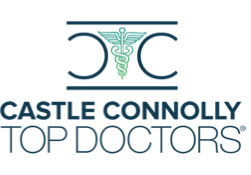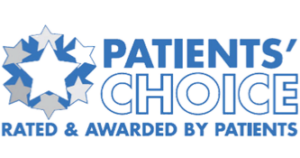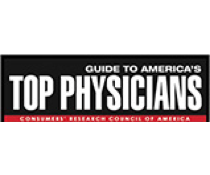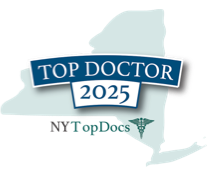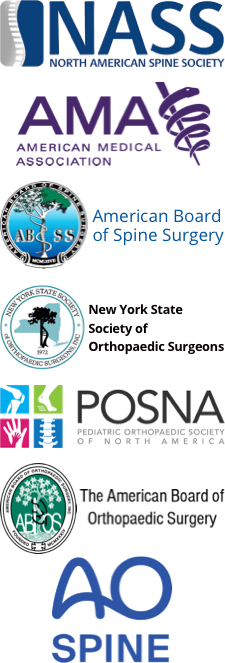With nearly 80 percent of the general population experiencing back pain at some point in their lives, it is important for patients to understand the source of their discomfort in order to expedite relief. Herniated discs—sometimes referred to as slipped or ruptured discs—are one of the more serious causes of lower back pain. Herniated discs can lead to severe pain, and even to numbness and weakness in the legs, if left untreated. Today, I will further explain the root causes of the pain associated with herniated discs, common symptoms, and a few simple treatment options.
What is a herniated disc?
In between your spinal vertebrae are discs that work to absorb the shock created from day-to-day tasks. These round discs are composed of a tough outer ring and a soft, jelly-like center. Either injury or general wear and tear from aging can cause these discs to tear, or herniate, and allow the soft center to rupture and displace into the spinal canal. This shift can irritate spinal nerves and causes the discomfort and pain common known as sciatica.
Who is most at risk?
Herniated discs are most commonly seen in males ages 30 to 50. As you many remember, Tiger Woods was famously sidelined this year with a herniated disc. The repetitive nature of the golf swing can irritate discs over time. However, in many cases, a herniated disc is a result of the natural aging and degeneration of your spine—although smoking and a sedentary lifestyle have been found to speed up the degenerative process. Children and young adults therefore have a lower risk of experiencing this condition. Straining your back instead of using your leg muscles to lift heavy objects can also lead to a herniated disc. In addition, excess weight and a genetic predisposition can increase your likelihood of experiencing a herniated disc.
What are the common symptoms?
A mild disc herniation may cause minimal or no symptoms. However, with larger herniations, a sharp or intense lower back pain is the primary symptom. This pain can also be followed by leg pain, numbness, tingling, or weakness in the arms, legs or feet. In extremely rare cases, a patient may experience a loss of bladder or bowel control, in which case you should seek immediate medical attention.
How are herniated discs diagnosed?
The most common method of diagnosis for herniated discs is a thorough review of a patient’s medical history and a physical exam—after which an MRI can be used to verify the diagnosis. During the physical exam, we examine your back, check for range of motion, and test for nerve compression. We also test your reflexes and muscle strength. If needed, we will perform an MRI to image herniation.
What are the treatment options for herniated discs?
In many instances of mild herniation, treatment does not require surgery. In these cases, the treatment plans are simply focused on pain relief. Rest has been found to significantly improve back pain. However, it is recommended that people do not take more than two to three days of bed rest. Anti-inflammatory medicines—such as ibuprofen—also reduce pain, and narcotics or muscle relaxers can be prescribed in severe cases. Furthermore, physical therapy will strengthen your back and abdominal muscles to help minimize pain and even work to prevent future injury. Surgery is performed on roughly 15% of patients, who experience progressive pain or neurologic symptoms such as numbness and weakness in the legs. If this is the case, we will work with you to develop the optimal treatment plan for you.
Unfortunately, there is a 5-10% chance your disc will herniate again, so it is important to make a few lifestyle changes in order to minimize your risk: develop an exercise routine, don’t smoke, don’t sit for long periods of time without breaks, and be conscious of your posture.
What should I do if I think I have a herniated disc?
If you are experiencing the symptoms above, and the pain or discomfort is affecting your life, contact my office to set up an appointment.
